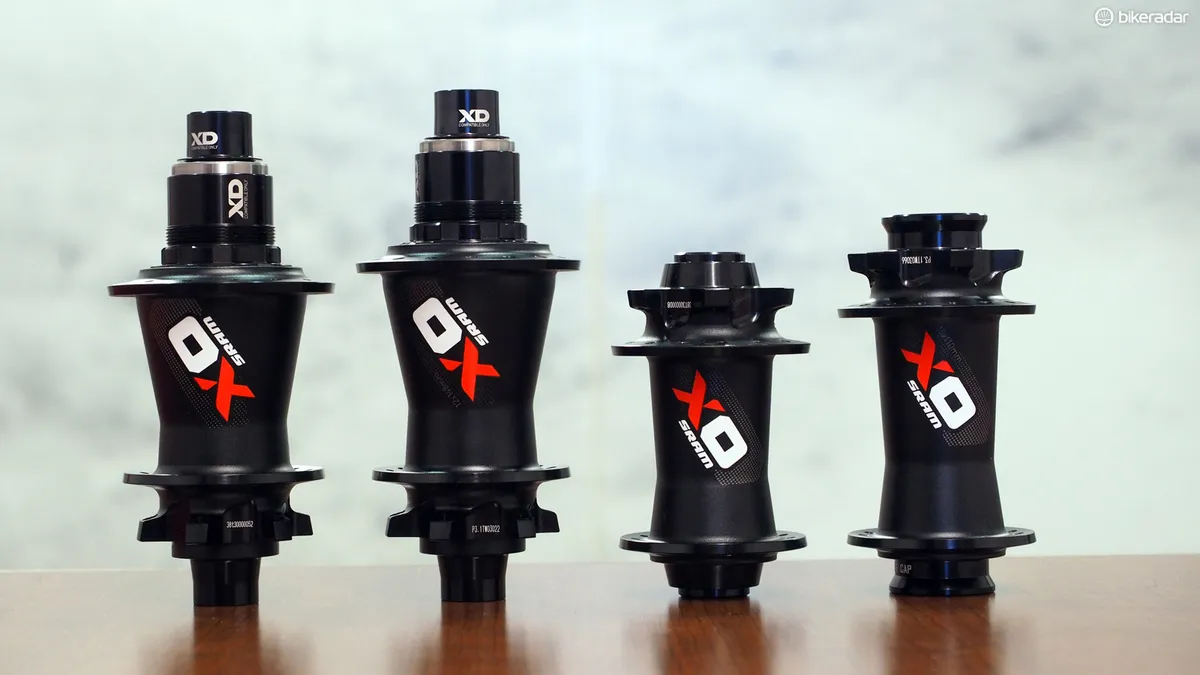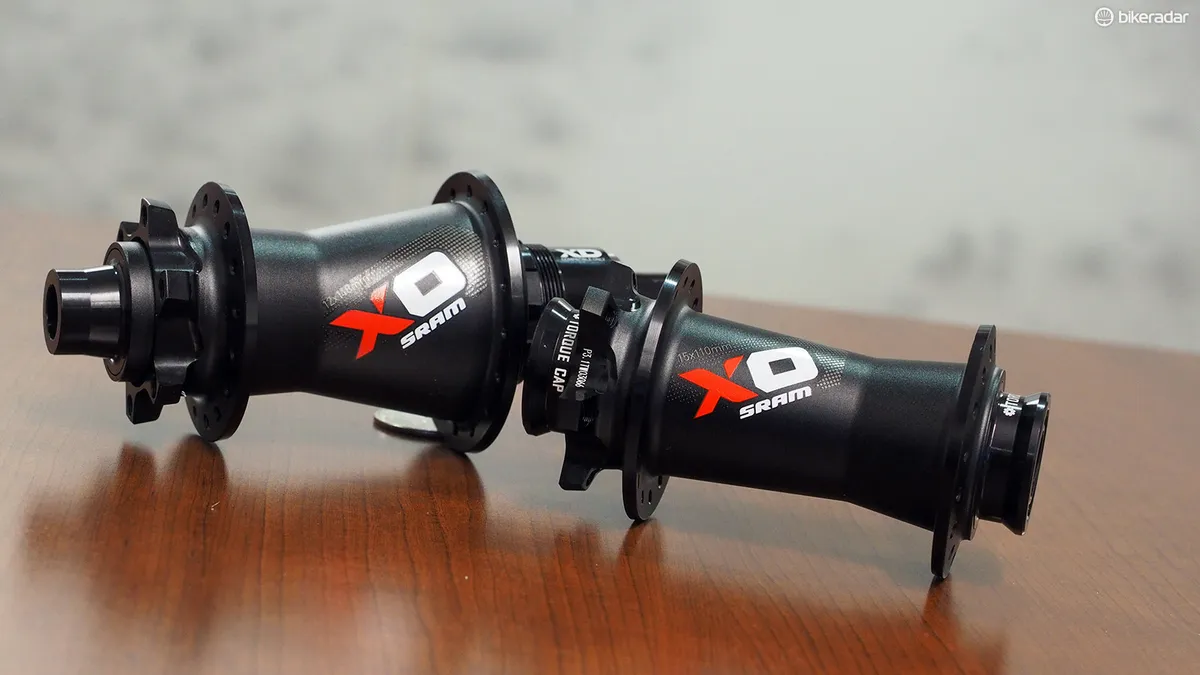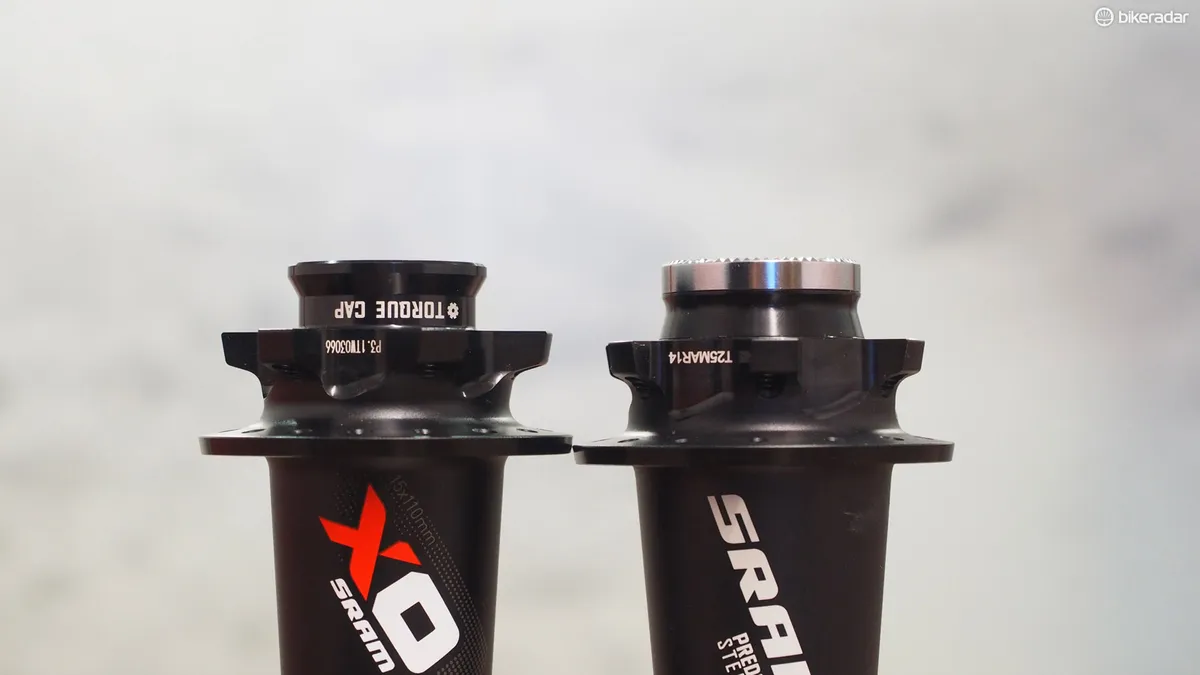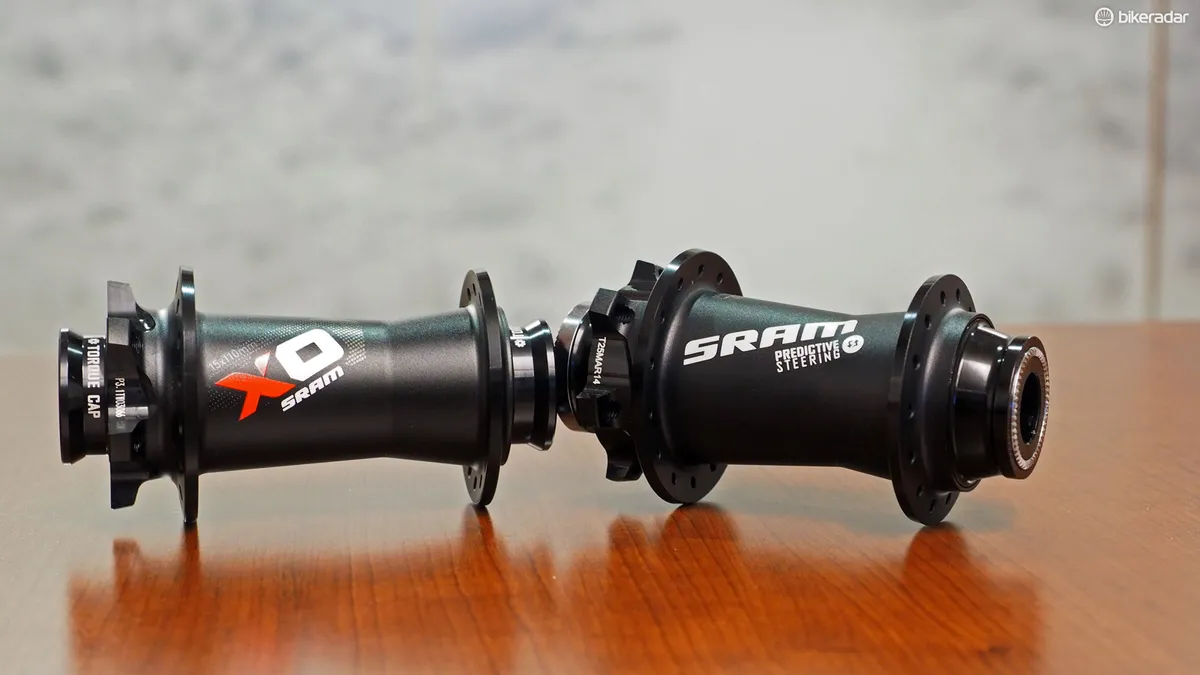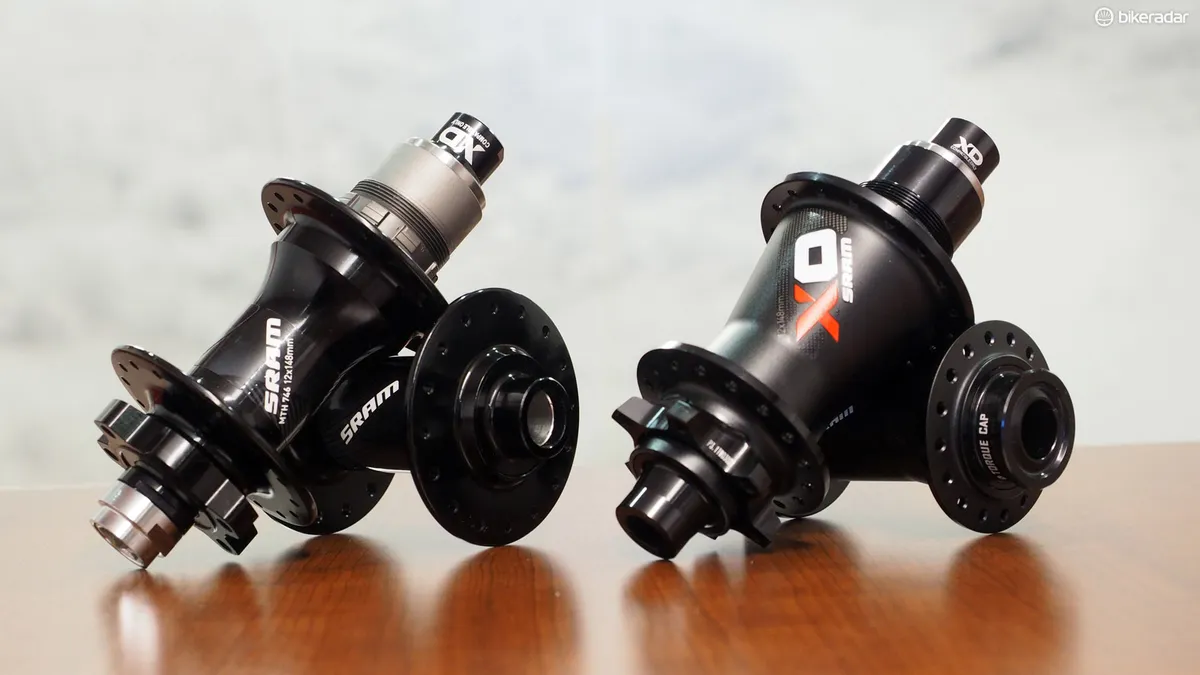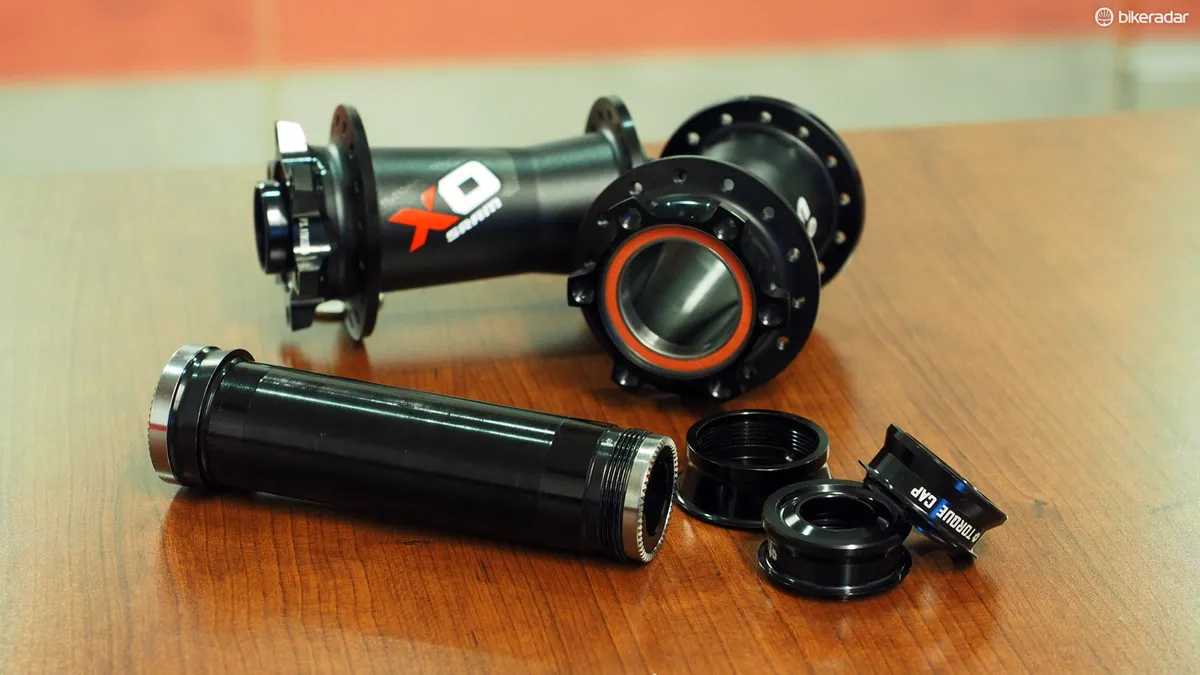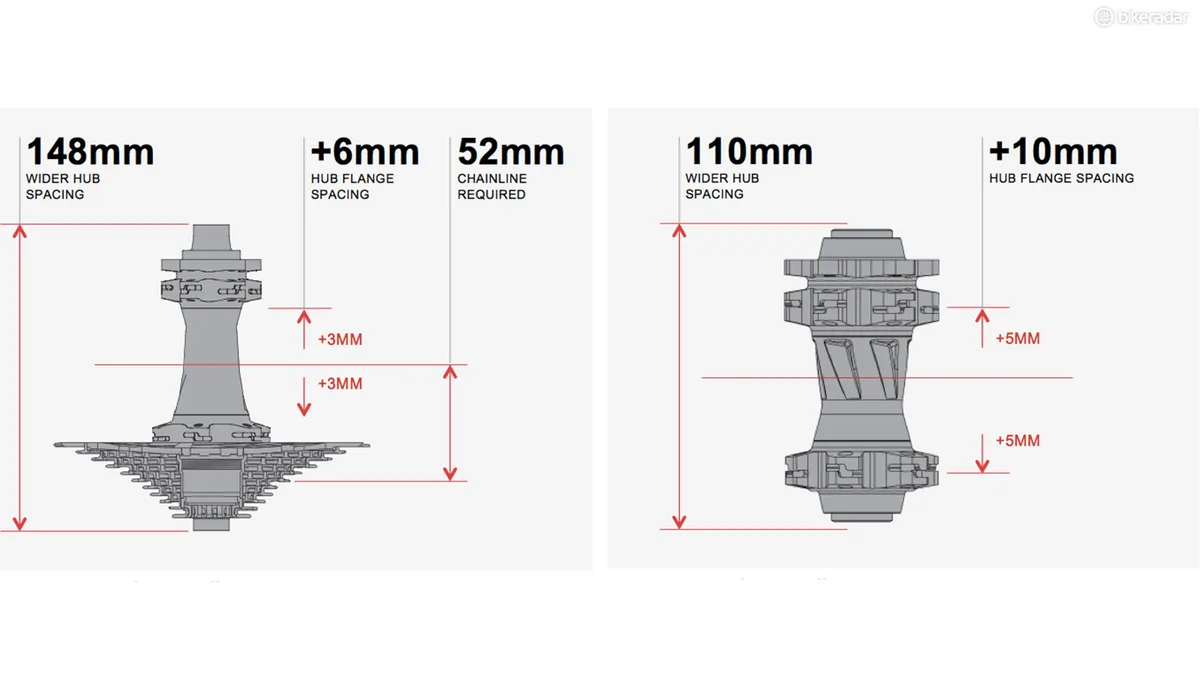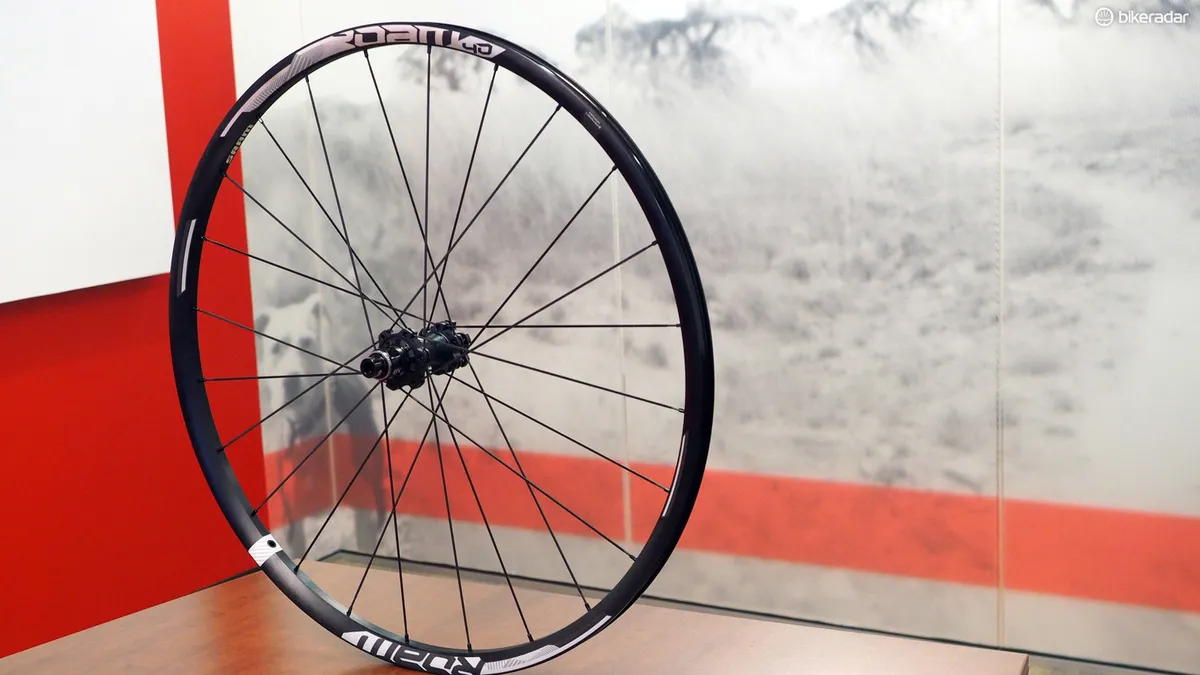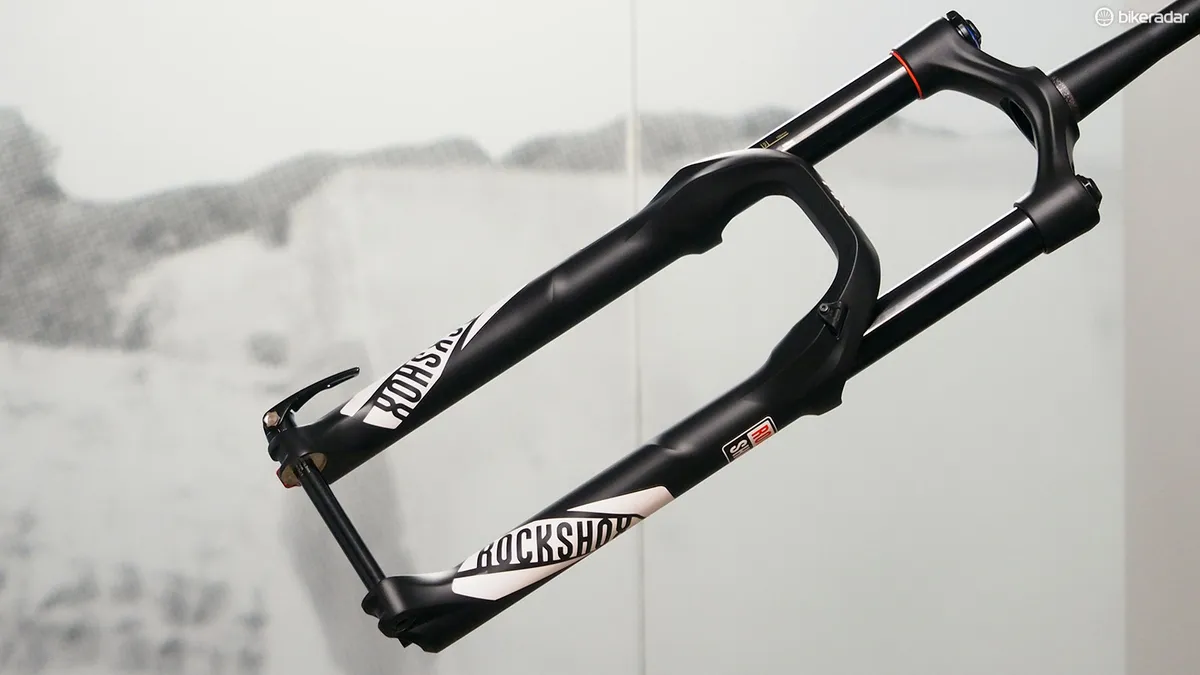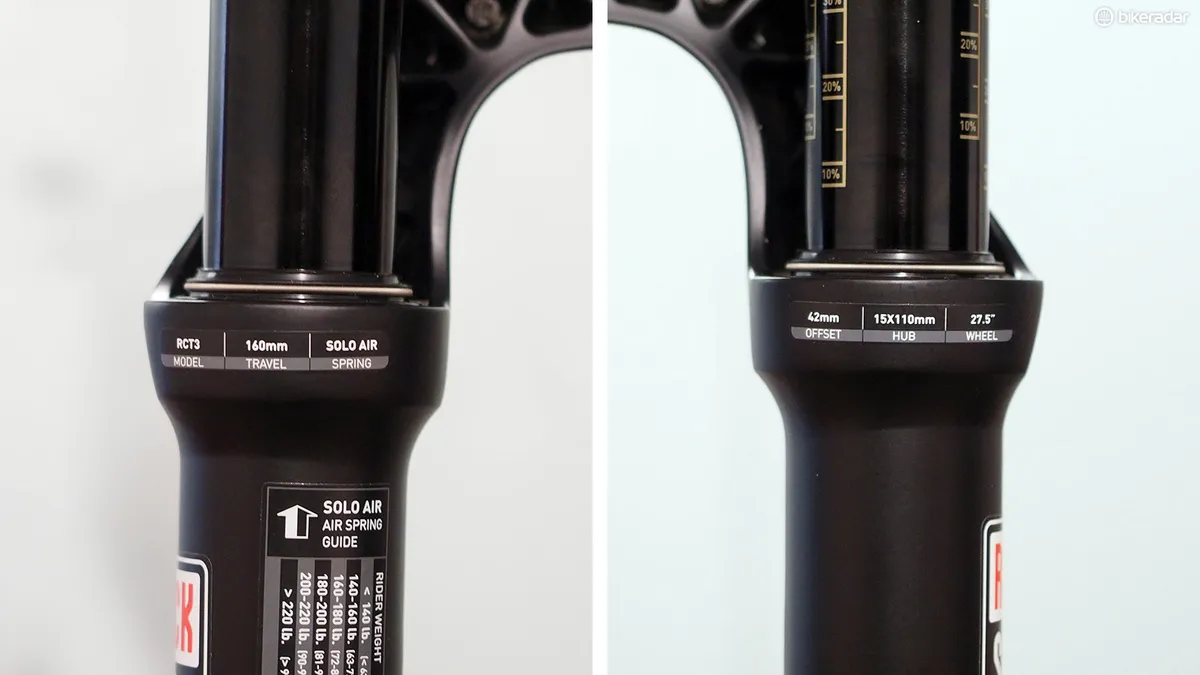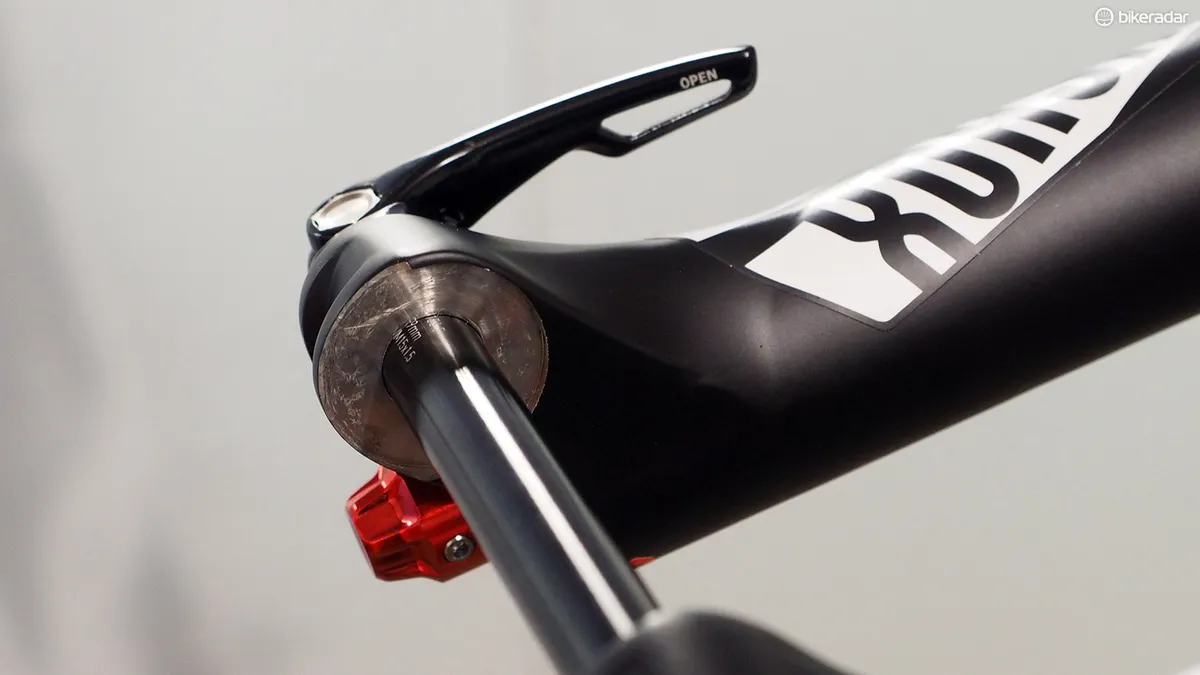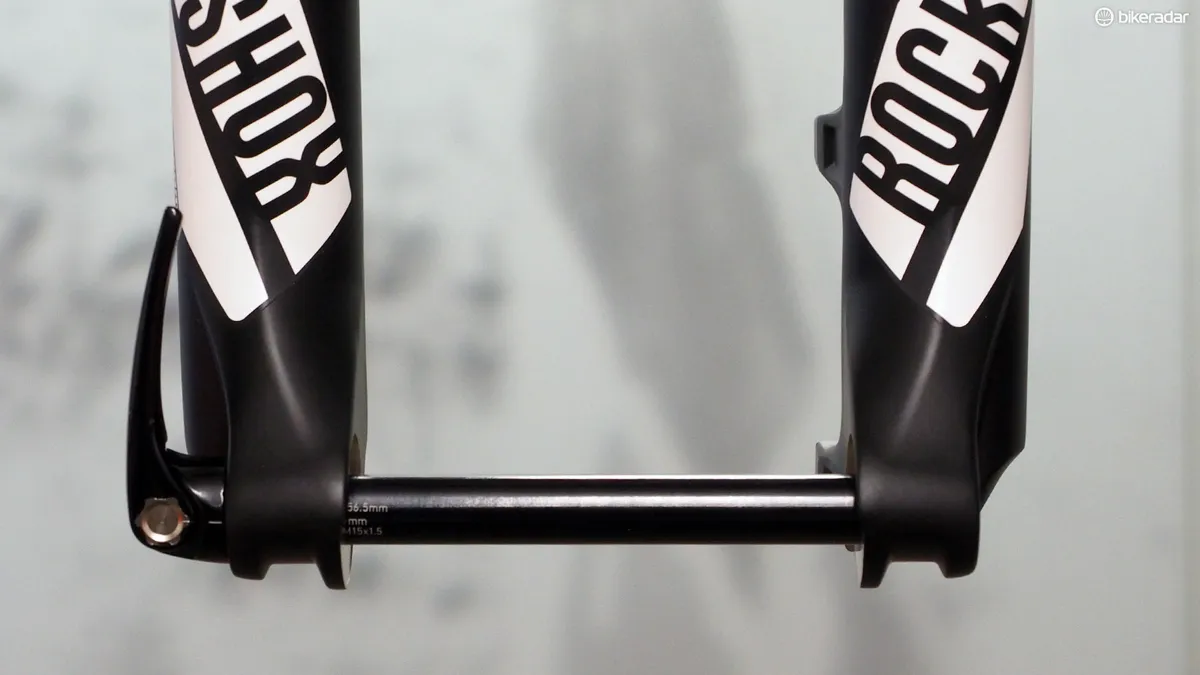If you haven’t yet caught wind of ‘plus’-sized mountain bikes with their semi-fat 2.5 to 3in tyres, you’re going to soon – and in a big way.
Both 29+ and 27.5+ mountain bikes are receiving huge mainstream industry support for 2016, and SRAM and RockShox are on board with new wheels, forks, and hubs all built around the new Boost 148 and Boost 110 hub spacing.
What is Boost, anyway?
Today’s more aggressive riding style is quickly outpacing the capabilities of current 142mm-wide thru-axle dropout spacing. Wider rims and tyres, longer-travel suspension systems, and progressive shorter rear-end geometry simply don’t leave much room for drivetrains.
And as we cram more stuff on to rear hubs, there isn’t much space in between the spoke flanges for wheel strength – especially on the larger 27.5in and 29in wheel diameters that are now standard.
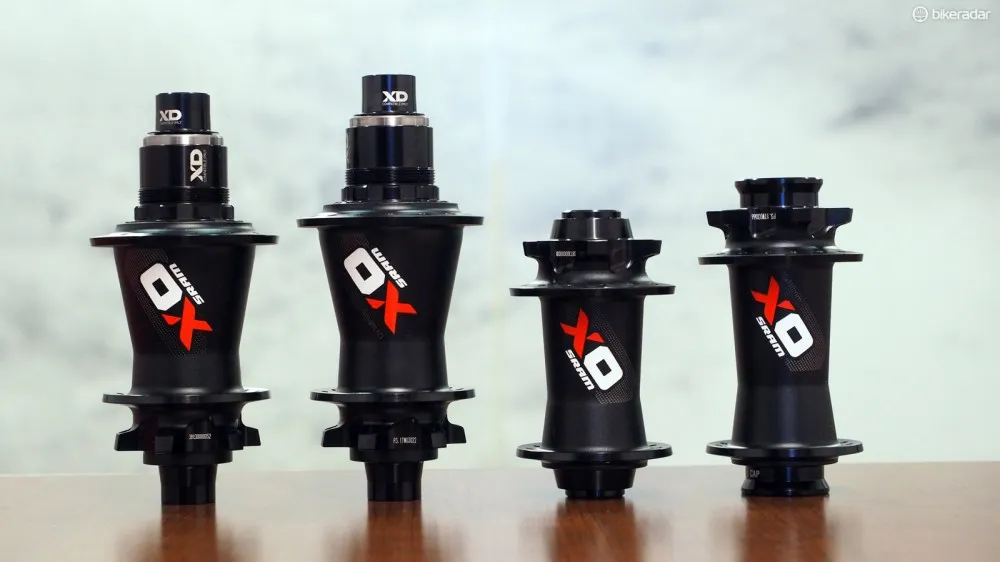
Proponents of Boost hub spacing say that the additional spoke flange width yields noticeably stiffer wheels
First introduced by Trek last year, Boost 148 addresses this by pushing everything slightly further apart. By increasing rear hub axle spacing to 148mm, the spoke flanges can be spread apart by an extra 6mm for what proponents claim is a major 15 to 20 percent increase in lateral wheel stiffness – supposedly making a 29in Boost rear wheel as stiff as a 27.5in rear wheel on existing 142mm hubs – while also allowing for shorter chainstays, bigger tyres, and more drivetrain flexibility.
By necessity, the entire drivetrain is shifted 3mm outward to compensate for the extra wheel width. However, it’s important to note that there are no changes in pedal stance width (commonly referred to as ‘Q-factor’), crankarm shapes, or bottom brackets – which also means that current cranks can be easily adapted to Boost-equipped frames just by swapping chainring spiders.
“Boost 148 is a way to get some stiffness back into the wheel,” said SRAM wheel product manager Bastien Donzé. “A lot of what guys are also facing is that if you want to get a good frame geometry on a 29in bike, you want the stays as short as possible but then you run into a real estate problem around the crank with your derailleur, your pivots, your bearings, and all that other stuff, and it’s super problematic.
Boost actually offers a solution to those problems and I think that’s why Boost got so much of a following so quick. You only get three additional millimeters around the chainring but 3mm makes a world of difference in that specific area.”
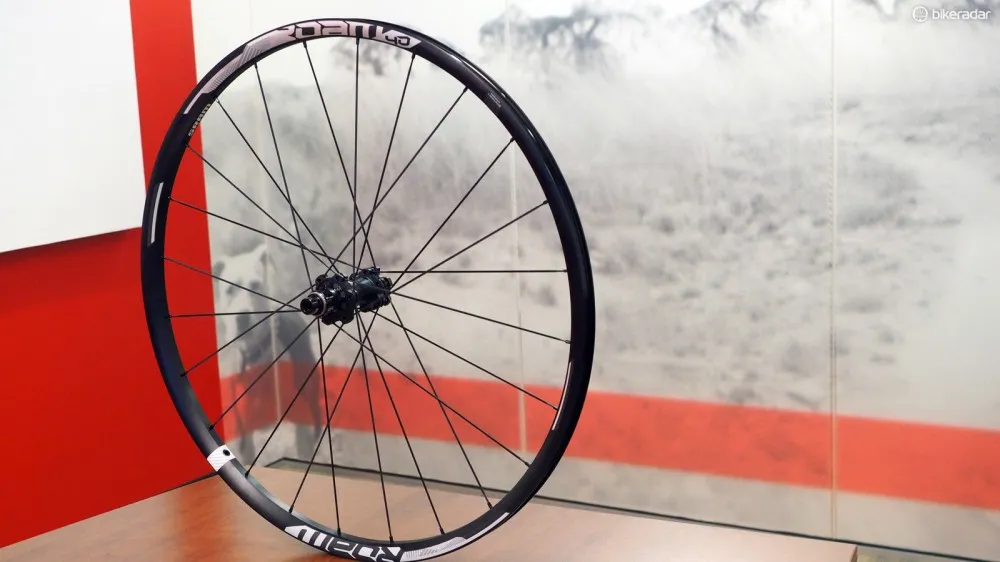
SRAM claims that the Boost-equipped Roam 40 29er rear wheel has roughly the same lateral stiffness as a 27.5 version on a conventional rear hub
The concept behind the Boost 110 front hub spacing is the same. As compared to current 100x15mm thru-axle systems, the 110mm-wide Boost 110 system adds 10mm of space in between the spoke flanges for similar claimed wheel stiffness improvements along with the concurrent gains in tyre clearance.
And as an added bonus, most Boost-equipped 27.5+ frame and forks will fit standard 29er mountain bike wheels and tyres, too, with no additional changes required – and no major compromises in wheel stiffness and strength to accommodate the bigger diameter, either.
New cranks, hubs, wheels, and forks from SRAM and RockShox
SRAM – along with suspension division RockShox – is diving deep into the new wide-format axle interfaces with a fleet of new Boost-compatible components for 2016.
On the drivetrain front, the XX1, X01, X0, and X1 1400 cranks will all be offered with Boost-specific chainring spiders. Only the 24mm-diameter GXP spindles will be available to start but oversized BB/PF30 are sure to follow.
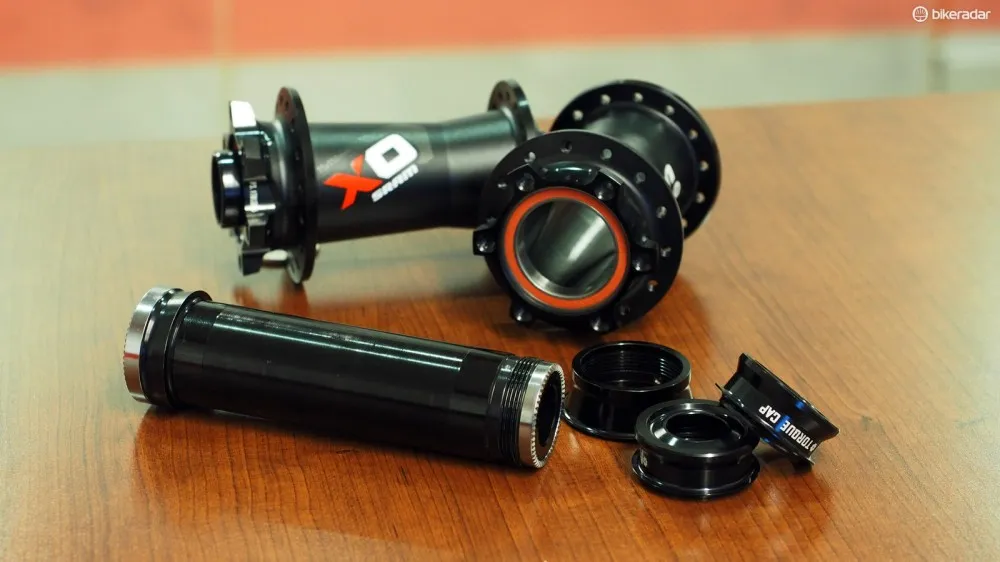
Although both the RockShox RS-1-specific 'Predictive Steering' and new SRAM X0 Boost 110 front hub share the same dropout dimensions, it's important to note that they are wholly incompatible with critical axle differences and changes to spoke flange and rotor spacing
Out back, there are two new hubsets – the upper-end XO and mid-level MTH746 – which not only feature Boost-specific axle, spoke flange, and disc rotor spacing but also hugely oversized 31mm-diameter ‘Torque Cap’ front hub end caps for increased steering precision.
SRAM will also offer a Boost-specific version of its current Roam 40 aluminum rear wheel, but only in the 29in diameter for now since that size stands to gain the most benefit.
Meanwhile, RockShox will support Boost with three compatible forks. While their internals will be essentially carried over unchanged, the new Boost-specific Pike, Reba, and SID models will all get wholly revamped chassis with more generous leg spacing to accommodate the wider hubs.
All three forks also get more Torque Cap-compatible dropouts although they’ll also work with standard Boost 110 hubs, too.
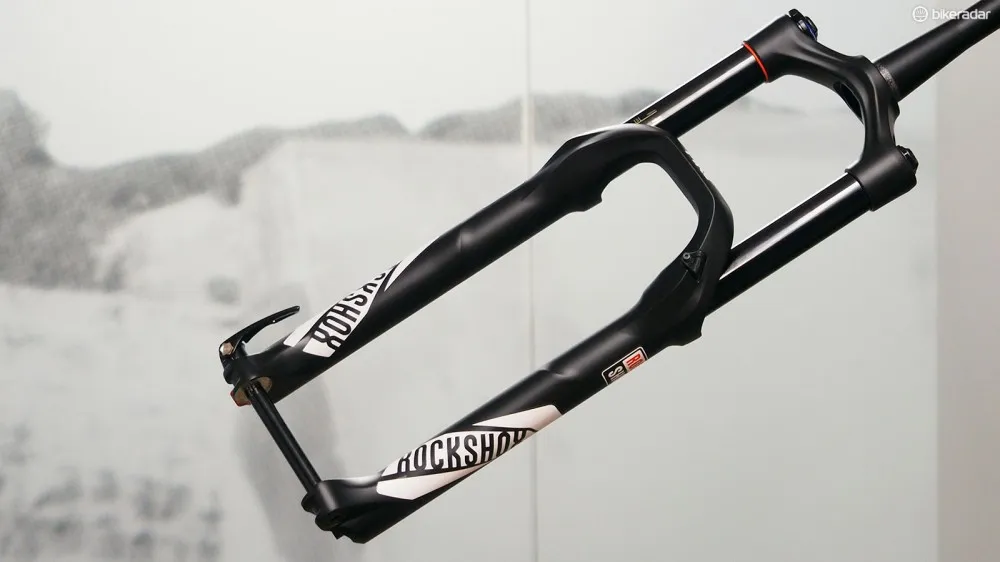
The upcoming Boost 110-compatible RockShox Pike looks especially interesting with room for both 27.5+ and standard 29er mountain bike wheels and tyres
All of the new Boost-compatible components will be available around late summer to early fall. Pricing and claimed weights are still to be announced.
For more information, visit www.sram.com.
